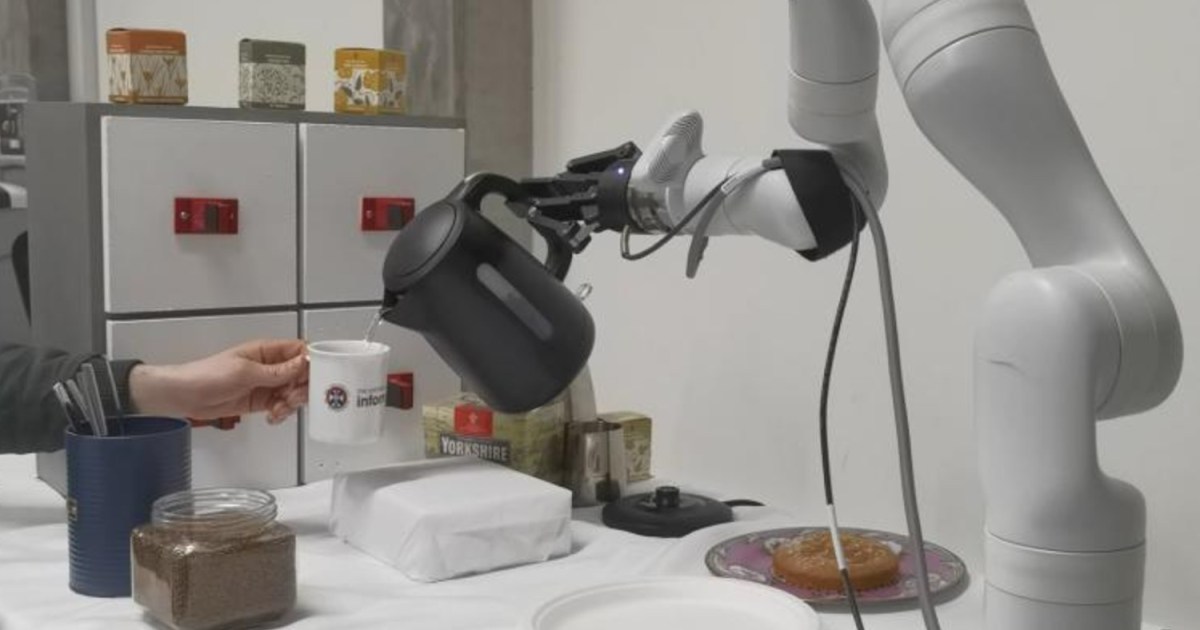The rise of cashless transactions has brought about numerous conveniences, but one unexpected benefit is a significant decrease in children swallowing coins. With fewer coins circulating in homes due to digital payments, the risk of children ingesting them has diminished, potentially preventing trips to the hospital.
A study published in The Annals of the Royal College of Surgeons of England revealed a notable decline in children needing procedures to remove objects from their airways. Researchers analyzed 22 years of hospital data in England (2000-2022), focusing on objects removed from individuals aged 14 and younger.
A “significant decline” was observed from 2012, coinciding with the rise of contactless payments in the UK. Over the next decade, a 29% drop occurred, from 2,405 cases in 2012 to 1,716 in 2022.
“Our research suggests that cashless payment methods have potentially contributed to child safety and reduced the need for surgery,” stated Akash Jangan, the study’s lead author. “This unintended consequence demonstrates how lifestyle changes can positively impact public health.”
While this decline is positive, other hazards still pose risks to curious children. With the increasing prevalence of gadgets, button batteries have emerged as a new concern. Other common items ingested by children include jewelry, nails, marbles, and toys or toy parts.
A US children’s hospital study spanning 20 years found pennies to be the most commonly swallowed coin, followed by quarters. The larger size of quarters increased the likelihood of hospitalization.
Despite the decrease in coin ingestion, parental vigilance remains crucial. Button batteries, in particular, can cause severe internal burns if swallowed. Educating children about the dangers of putting objects in their mouths and securing hazardous items out of reach are essential preventative measures.
The shift towards a cashless society has inadvertently improved child safety by reducing coin ingestion. However, new hazards have emerged, requiring continued awareness and preventative strategies.











